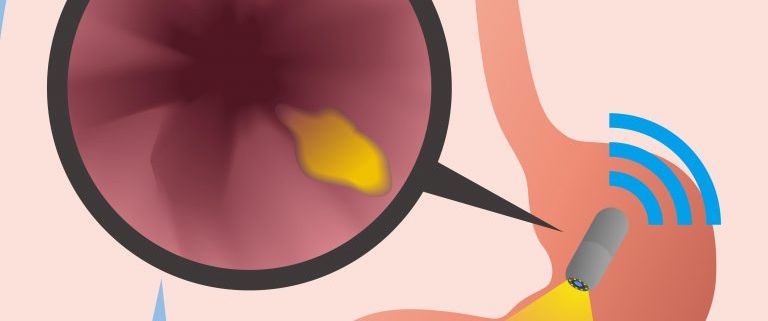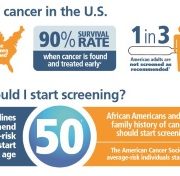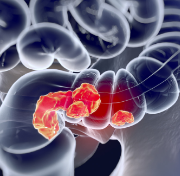Capsule Endoscopy: What You Need to Know
A Capsule Endoscopy is a procedure that allows doctors to examine the middle part of the gastrointestinal tract. Patients swallow a pill that contains a video camera, battery, and light source. The camera takes pictures as it travels through the GI tract, which allow doctors to examine the GI tract.
Here’s what you need to know about the procedure.
When it’s used
Capsule Endoscopies are used to examine the small intestine, which is not easily reached with other endoscopy procedures that involve passing an endoscope through the throat or anus. Specifically, the procedure can help doctors investigate causes of bleeding in the area, polyps, tumors, inflammatory bowel disease, and ulcers.
Preparing for a Capsule Endoscopy
There are a few important steps to take to prepare for a Capsule Endoscopy. Your doctor will give you specific instructions leading up to the procedure. A cleansing routine is at the core of the preparations. You should stop eating and drinking 12 hours before the procedure, and may need to follow a clear liquid diet prior to that. You may also need to take a laxative to flush out your small intestine. All of this can help improve picture quality from the procedure. Additionally, you will need to discuss your medical history and medications with your doctor.
During the procedure
The procedure begins with you swallowing the camera capsule with water. A monitor is attached to your abdomen to record images obtained from the camera. You are then able to leave the office and go about your day. Some restrictions apply as the camera records, like strenuous activity.
As the camera in the capsule passes through your digestive tract, it will take thousands of color pictures. The images are saved and transferred to a computer, where they are then strung together into a video format. This is what your doctor will view to examine your digestive tract. Getting results back can take a week or two.
After the Capsule Endoscopy
Around two hours after the procedure, you can start drinking clear liquids again. After four hours, you can have a light lunch or snack. The procedure is over after eight hours or when you see the capsule after a bowel movement, whichever occurs first. Since everyone’s digestive system varies, you may pass the capsule in a few hours or in a few days. At that point, you can remove the monitor, pack it up, and follow the equipment return instructions given by your doctor. You can flush the camera capsule. If you have not seen the capsule pass within two weeks, you should contact your doctor.
Complications from a Capsule Endoscopy are rare. In some cases, the capsule can get stuck in the digestive tract, especially where there is a stricture from surgery, a tumor, or inflammation. Symptoms of obstruction include vomiting, abdominal pain, and unusual bloating. It’s important to recognize the signs of an obstruction early on. Contact your doctor if you experience any of these symptoms after the procedure.
Our experienced team at GHP has years of experience performing Capsule Endoscopies. We can help establish the best plan of care for your situation. Contact any of our office locations to learn about the options we offer and schedule an appointment today.













